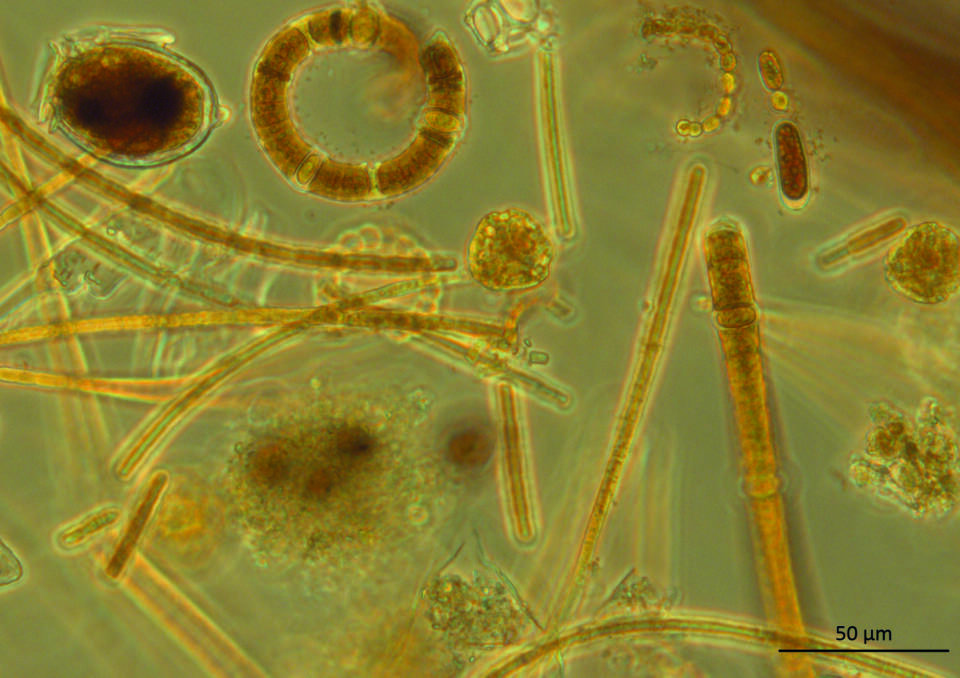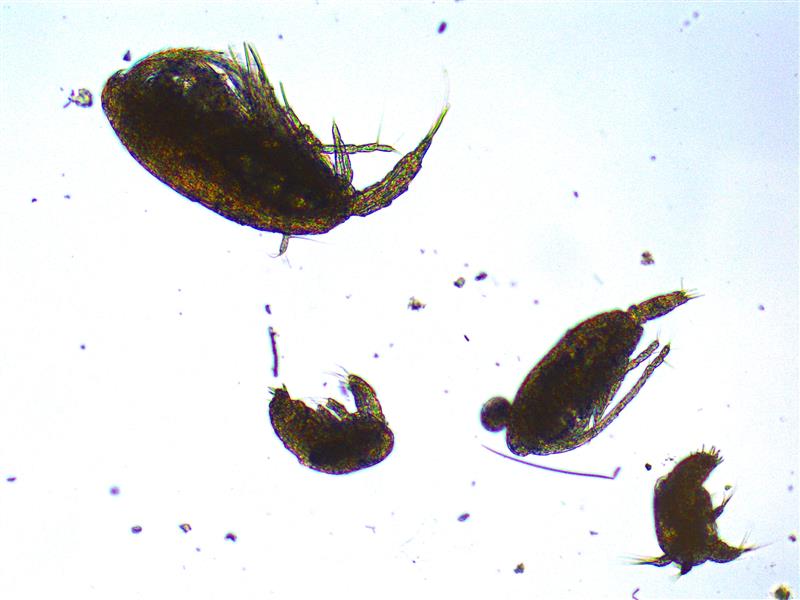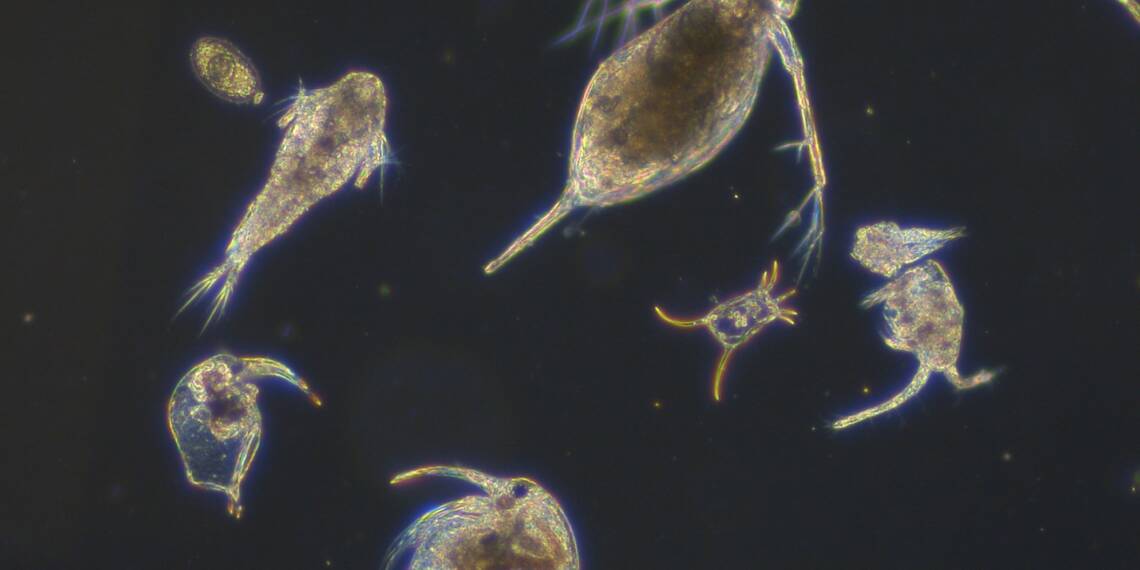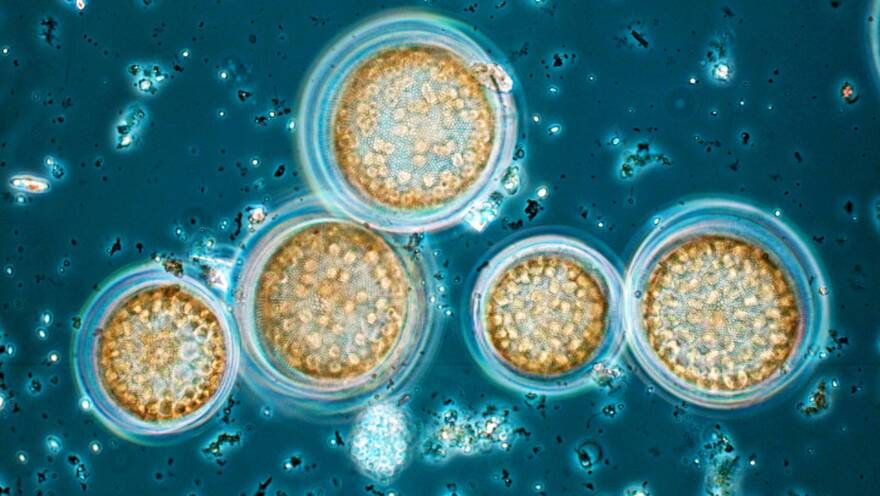The salinity of the Baltic Sea is affected by both the rivers flowing into the sea, which bring freshwater, and the occasional inflows of seawater from the Danish Strait, i.e. the so-called salt pulses. The salinity, temperature, and nutrient content of the water affect the species composition of phytoplankton and zooplankton.
The Baltic Sea’s phytoplankton have adopted to low-salinity brackish water. In contrast, the zooplankton community is very sensitive to environmental changes.
When there is hardly any saline water entering the Baltic Sea, especially marine zooplankton species decline. Climate change is expected to further decrease the salinity of the Baltic Sea, which will be reflected in plankton communities. At the same time, the sea water temperature is rising.
Eutrophication changes the plankton species composition
The status of plankton communities and their habitat is assessed by monitoring both phytoplankton and zooplankton species using various indicators.
Phytoplankton and zooplankton indicators provide evidence of habitat eutrophication, e.g. cyanobacteria have become more abundant in several areas and zooplankton increasingly contains the small-sized species typical of eutrophicated waters.
Climate change can further exacerbate the effects of eutrophication, as warming water leads to a deterioration in the oxygen conditions of the seabed. The lack of oxygen in the seabed worsens the so-called internal loading, i.e., the release of phosphorus from the seabed back into the water. This increases the nutrient content of the water, which in turn accelerates blue-green algae blooms
Changes in the phytoplankton and zooplankton communities affect the Baltic Sea’s food web and also commercial fish stocks. The altered plankton community provides poorer nutrition for herring and sprat, as well as other plankton-eating fish.




